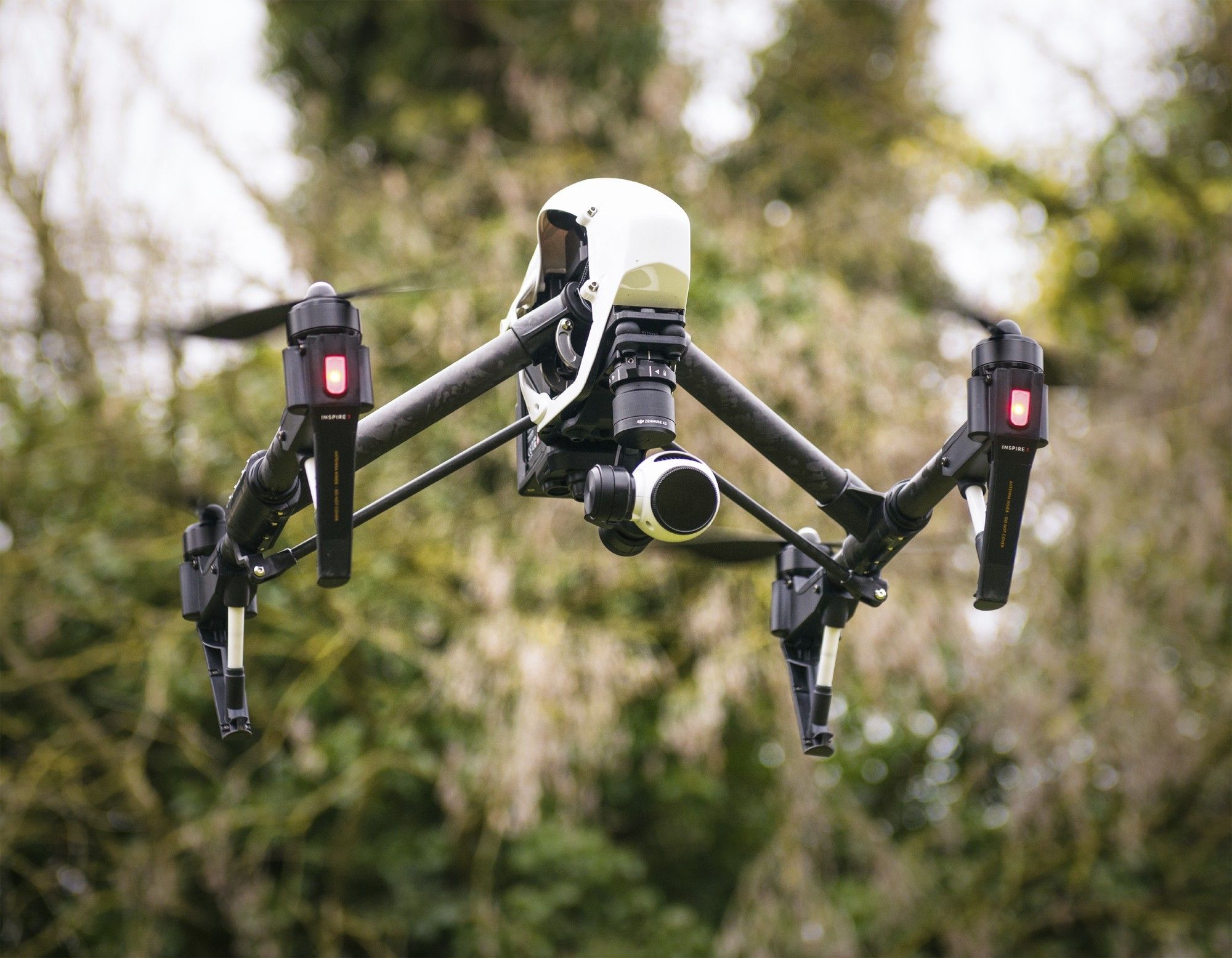Could China See What Your Drone Sees?
Your Drone, A Spy? Drone maker DJI is giving the Chinese government data from its customers' drones that fly over China—when asked, a DJI spokesperson told journalists today in China, including The New York Times. Data from Hong Kong—information that is picked up by drones flown by DJI's customers—is also on the table. DJI later clarified these comments to GearBrain, attributing them to a "junior employee," who "..imprecisely and incorrectly referred to some elements of our privacy policy and how we handle request from government agencies seeking any information about our users," the drone maker said in a statement. Further, DJI stated that the drone maker is much like other companies, and may provide user data when presented with legal requests from governments—China, the U.S. or anywhere in the world—as spelled out in their privacy policy on both their app and web site.
Consumer Stress On Privacy How their data is collected, and what happens then to that information, is worrying consumers says a new report from Argus Insights. Although buyers are eager to adopt IoT devices, they're still suspicious of what these products are capturing—and if the details will stay secure.
VR On Your TV HBO and Discovery are investing in OTOY—the digital graphics firm known for the reverse-aging effects on Brad Pitt in "The Curious Case Of Benjamin Button." Now OTOY is going to make "original holographic content," says its release. First up? Programming with Jon Stewart. (So that's what he left "The Daily Show" to do.)
FAA Tests Drone Traffic Control The Federal Aviation Administration is trying out a system from NASA that would let the agency see drones before potential crashed with passenger airlines. Although drones are not meant to share airspace with consumer jets, the collision between a British Airways jet and drone in London on Sunday is worrying to the FAA and others around the world.
Apple Patents Telephoto Lens Apple nabbed a new patent for a telephoto lens that would allow for high quality images, but in a small space. The lens is described as "folded," reports Patently Apple, which bends the physical parts into a 'r' shape—but inside the smartphone.
